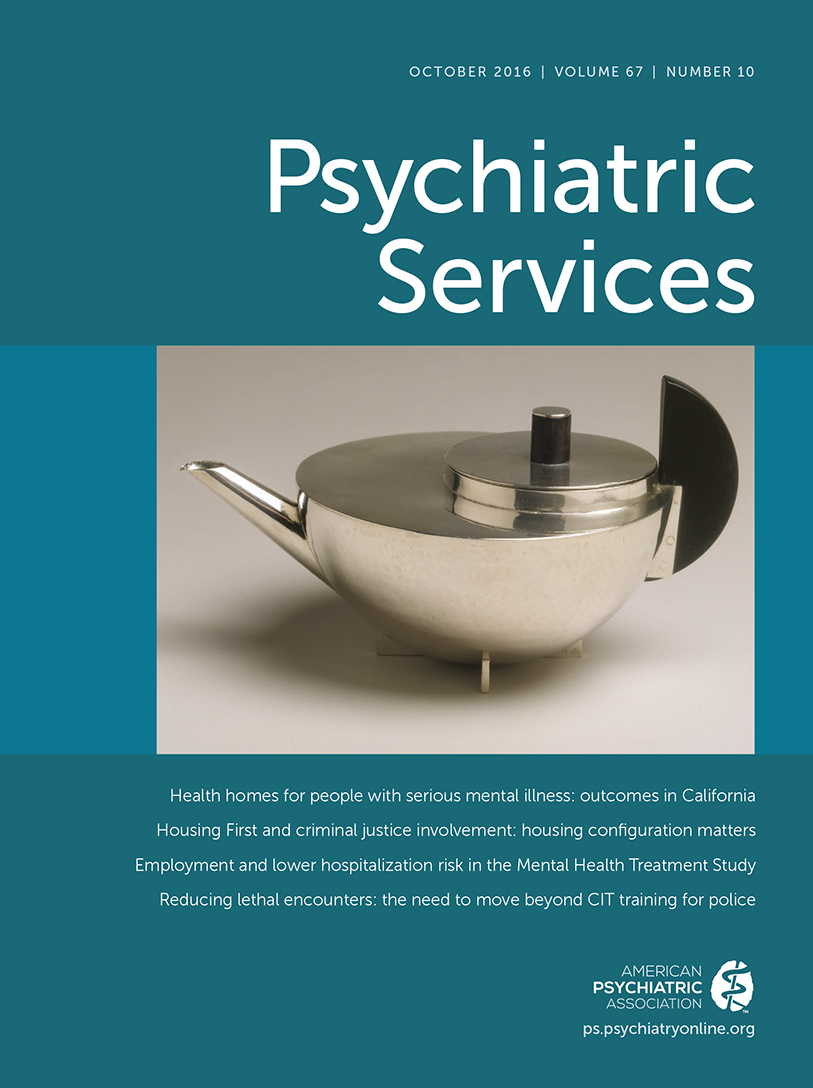Electronic Health Record Availability and Anxiety Treatment in Office-Based Practices
Abstract
Objective:
This study compared the probability of receiving anxiety treatment during a physician visit to primary care practices with and without an electronic health record (EHR).
Methods:
The 2007–2010 National Ambulatory Medical Care Survey was used to identify visits for anxiety (N=290). The outcome was receipt of anxiety treatment. The independent variable was the presence of a fully functioning EHR. Logistic regression was used to conduct the analysis.
Results:
Patients who were seen in practices with a fully functioning EHR had lower odds of being offered antianxiety medication (adjusted odds ratio [AOR]=.37, 95% confidence interval [CI]=.15–.90, p=.028), mental health counseling (AOR=.43, CI=.18–1.04, p=.061), and any anxiety treatment (AOR=.40, CI=.15–1.05, p=.062) compared with patients at practices without a fully functioning EHR.
Conclusions:
EHRs may have a negative impact on the delivery of care for anxiety during primary care visits. Future studies should monitor the impact of EHRs on delivery and quality of care.



